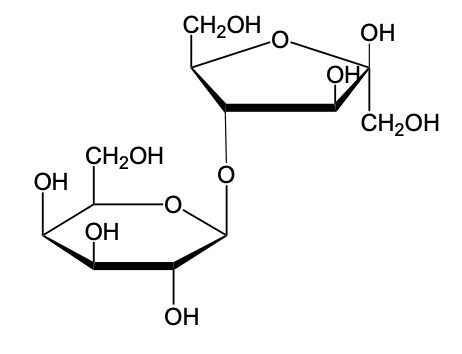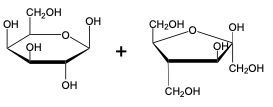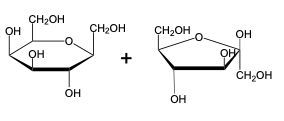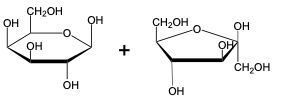In this video, we're going to talk about the glycosidic linkage. Now our glycosidic linkage formation—this is just an acetyl or acetyl bond, so depending on how you want to pronounce it—between a sugar's anomeric carbon, which remember is carbon number 1, and another monosaccharide. We're going to say it's formed via dehydration, which is the loss of water. And when we're looking at the equation for a glycosidic linkage formation, we can just say it as monosaccharide 1 plus monosaccharide 2 will give me what we call a disaccharide. So remember, a disaccharide is two monosaccharides together, and what links them together is the glycosidic linkage.
So, if we take a look here, we're going to say we have Alpha D glucose, Alpha D glucose. The anomeric carbon, which is carbon number 1 for the monosaccharide on the left, is going to interact with the hydroxyl group (the OH group) of Carbon number 4 of the other monosaccharide unit. By their interactions, we're going to lose water. So, if we come over here, we've lost water, so this oxygen now needs to make up the bond that it just lost. This anomeric carbon needs to replace the bond it just lost.
So what they do is they connect together. Here, this represents our glycosidic linkage. This is the bond that connects together my two monosaccharides to one another, transforming my individual monosaccharides into a disaccharide.





